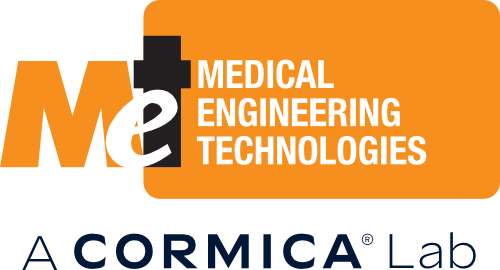Medical Device Testing Questions
What medical device testing methods do I need to comply with?
A test method should follow good logic, planning and start with a risk analysis. Once the failure modes and risks associated with a device have been identified, testing plans and protocols can be developed to quantify the magnitude of these risks. Hence, the goal of a test method and process is to provide evidence that the risks associated with a device are negligible or at least acceptable when compared to the benefits derived from use of the device.
Which standards does my medical device have to comply with?
Many devices are associated with specific consensus standards, usually ISO and ASTM, which describe the design and/or performance. More recently published standards sometimes include details of information that is to be supplied to users, packaging requirements and human factors.
There are also many more general (horizontal) standards which are not device specific. Examples are: for packaging ISO 11607, for quality management ISO 13485, for toxicity ISO 10993, IEC 62366 for human factors, ISO 14971 for risk analysis.
The FDA publishes a list of Recognized Consensus Standards. This is always a good place to start looking for those which are relevant to your product. There may also be FDA Guidance for your device and again horizontal Guidance such as FDA Guidance Applying Human Factors and Usability Engineering to Medical Devices.
